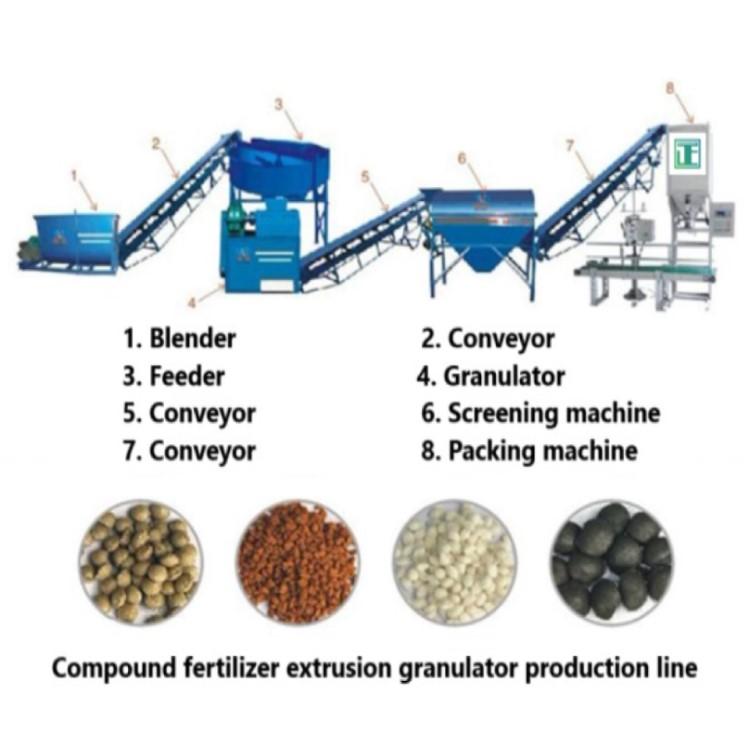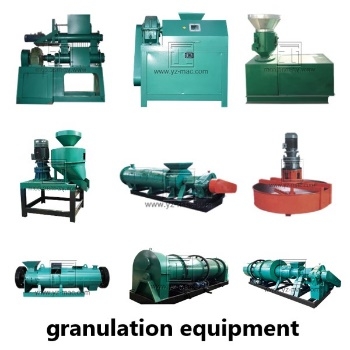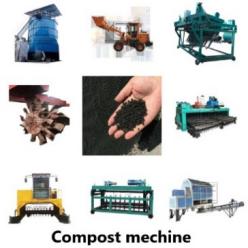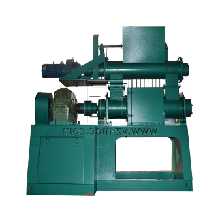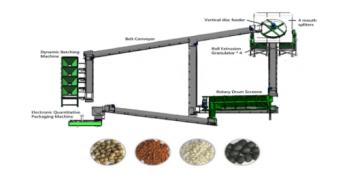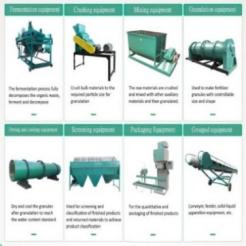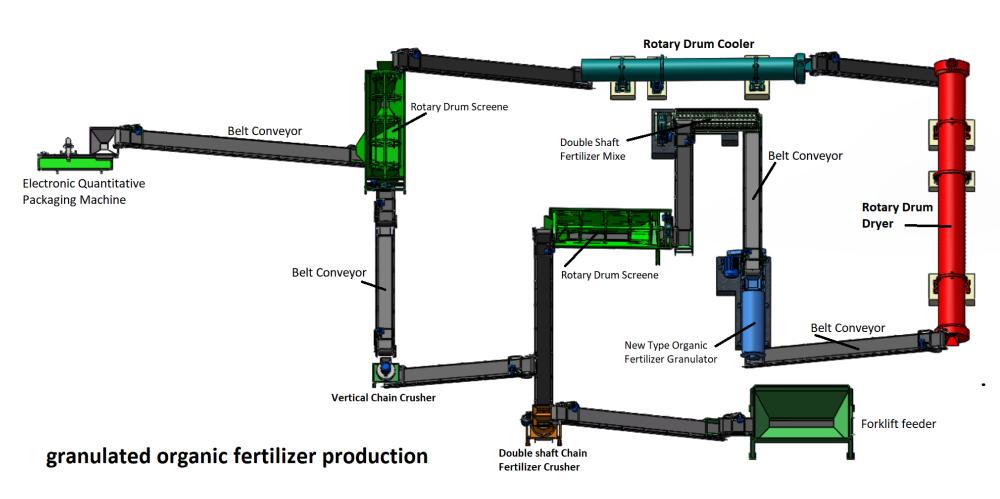Graphite electrode compaction production line
A graphite electrode compaction production line refers to a complete manufacturing system designed for the production of graphite electrodes through the compaction process. It typically consists of various equipment and processes that are integrated to streamline the production workflow. The main components and stages in a graphite electrode compaction production line may include:
1. Mixing and Blending: This stage involves the mixing and blending of graphite powder with binders and other additives to achieve a homogeneous mixture. High-shear mixers or other mixing equipment may be used for this purpose.
2. Compaction: The mixed graphite material is fed into a compaction machine or press, where it undergoes a compaction process under high pressure. This process helps to shape the graphite material into the desired electrode form.
3. Sizing and Shaping: The compacted graphite material is then processed to obtain the desired size and shape of the electrodes. This may involve trimming, cutting, or milling operations to achieve the final dimensions.
4. Baking: The shaped graphite electrodes are subjected to a high-temperature baking process, also known as graphitization, in order to improve their mechanical and electrical properties. This process involves heating the electrodes in specialized furnaces at high temperatures.
5. Quality Control: Throughout the production line, various quality control measures are implemented to ensure the final graphite electrodes meet the required specifications. This may involve inspections, testing, and monitoring of parameters such as density, resistivity, and dimensional accuracy.
6. Packaging and Storage: The finished graphite electrodes are packaged and prepared for shipment or storage. Proper packaging and storage conditions are maintained to protect the electrodes from damage and ensure their quality is preserved.
A graphite electrode compaction production line is a complex system that requires careful coordination and optimization of each stage to achieve efficient and high-quality production. The specific configuration and equipment used can vary depending on the manufacturer and the scale of production.


